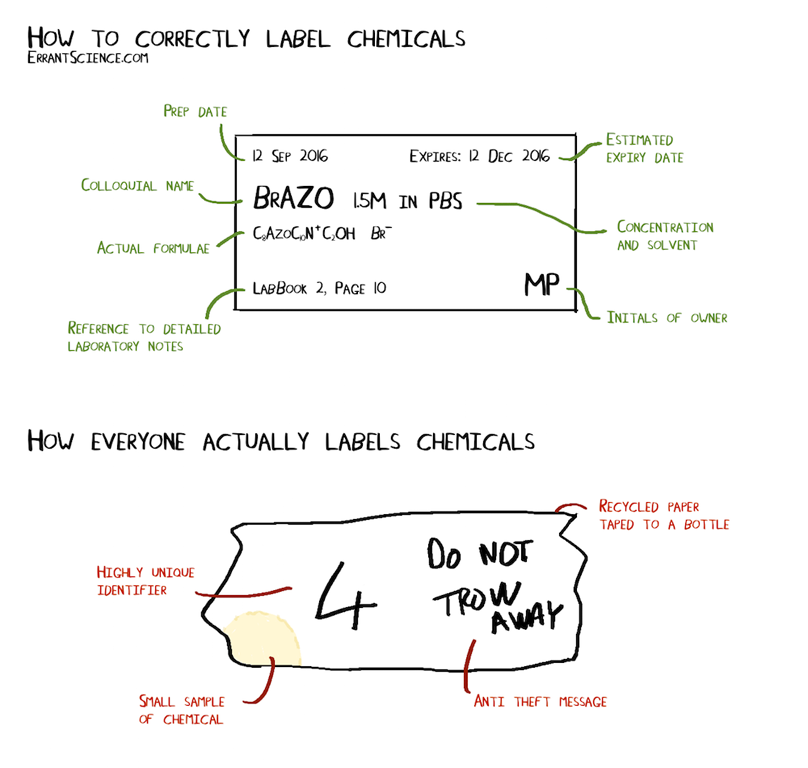Getting you message across: Don’t miss an opportunity to take and share a photo
By Robbie Mitchell

The holiday blues. We all get them, particularly soon after having returning back to our nine to five jobs.
Feeling a particular pang of the blues last week, when catching the train home on a rainy Monday from work, I started sorting through photos I took on my phone during my recent sunnier trip to Sri Lanka.
The above photo for me sums up a lot of what you’ll see in Sri Lanka – awe-inspiring natural landscapes like Sigiriya and stray dogs.
As many can attest too, strays are a common sight and concern for developing countries but are of less of a priority for government…
Ok, what has all this got to do with taking and sharing photos I hear you ask.
The answer lies in what captured your attention first – the photo of a dog or the text. We are visual beings and react more to the sight of a picture than a slab of text, whether it be written or spoken.
This is particularly true for online content, with studies showing readers are more likely to read a web page if it has images than they are if it only has text.
It’s even more obvious in the way that we scroll through our social media feeds and points to the reason behind the growing popularity of Instagram and Snapchat, which focus on visuals over words (keep breathing, this is not an article where I’m going to convince you to use these tools, yet).
It is also equally true for infamous PowerPoint presentations. If information is presented orally, we remember 10% three days later. However, if it a picture is added, that figure goes up to 65%.
With all this in mind, can you afford not to include images in your web content, social posts, reports or presentations?
Here are four tips to improve the way you use images when communicating:
Take your own photos or draw your own pictures
There are three reasons for this.
- You will not get caught out infringing on copyright laws.
- Purchasing images can be expensive and finding the perfect royalty free imagescan be time consuming.
- People react more to organic images rather than stock photos – please, don’t use stock photos.
With regards to drawing, you don’t have to be a great drawer – check out Matthew Partridge’s blog Errant Scienceto see how effective stick figures can be.


Pictures 2 & 3: You don’t have to be an artist to draw your own images. Simple sketches with appropriate tags are really helpful when communicating complex concepts
Use the technology at hand
With the growing popularity of smartphones and our reliance on, more people than ever now have a camera at hand. Use it every opportunity you get; you never know when that photo will become useful.
Also, don’t be afraid to take more than one photo – it’s only memory, not film.
On the subject of using technology, subscribe to a photo cloud storage serviceand regularly back up your photos – I’ve given up counting the number of times I’ve heard people say they had taken a photo but can’t remember which device they had used, or their phone had crashed, or they had lost their camera’s SD card.

Picture 4: I will tend to use my smartphone more than a DSLR camera when I’m travelling or at conferences because it’s more about capturing the moment.
Don’t get caught up on quality
Like our phones, cameras are continually getting smarter to the point that you can rely (to a certain extent) on them to automatically take a high-resolution, focused photo even in the most challenging settings.
That said, there are plenty of guides out there to help with taking a better photo whatever device you’re using.
What I mean by not getting caught up on quality is that just by having a picture in your story/report/presentation you at least have a visual cue to explain a concept or tell a story.
Use your images to tell a story
I mentioned above how audiences are more likely to remember a talk if a speaker adds an image to their presentation. This doesn’t mean your presentations will miraculously be more cohesive, understandable or notable if you add an image to it; you still need to have a good story to tell.
I use the word ‘story’ for a reason, as people are captivated by stories as much as they are by images. When referring to your images, share anecdotes related to taking the photo or drawing the image to provide your audience with greater context.
This tip also relates to captions for your images too. For skimming eyes, these short sentences can often be the only words they’ll read and take away from your story, so make sure you load them with important content.

Picture 5: Which works best as a caption?
“Train trip in Sri Lanka”
OR
“Trains were introduced in Sri Lanka by the British colonial government in 1864. The main reason for building a railway system was to transport tea and coffee from the hill country to Colombo. Today they’ve become a tourist attraction in themselves and are among the most beautiful train trips in the world. This was a shot I took as we were winding through the hills from Kandy to Nuwara Eliya”


